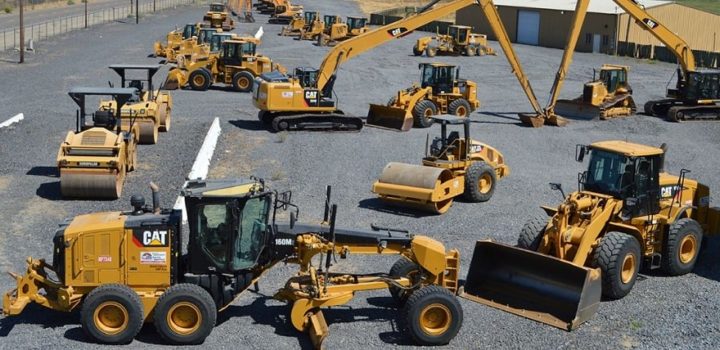Getting the Most out of Your Equipment in Business

What is it that makes your business great? Is it the operational procedures that you’ve developed and refined over the years, making them more efficient and fit for purpose? Is it the people whom you’ve painstakingly recruited and onboarded making sure they’re ready to hit the ground running from day one?
Or is it the vision, leadership and strategy that you bring to your business every day? The guidance, coaching and inspiration that you provide for your workforce? Without a doubt, those factors all play a part. But even with all of that in your favor, your business cannot function without the right equipment.
Whatever you do and whomever you do it for, your equipment and tools are a huge part of getting the job done. Whether you’re running a construction firm and challenging gender imbalance in the field or running a business that operates entirely online, your business is only ever as effective as the tools at its disposal. Here are some ways in which you can make sure you’re getting the most out of yours…
Make Sure You’re Using Cost-Effective Solutions
While the efficacy of your equipment is absolutely important to consider, many businesses (especially those in their early days) over-invest on equipment, especially tech solutions. While your equipment can give you a leading edge over your competitors, it can also result in overheads which bottleneck your profits causing you to borrow more and more. Obviously, this is not sustainable.
Be wary of investing in tech that’s surplus to requirements or purchased just to keep up with the joneses. Remember that contract hire or hire purchase of construction plant might be more cost effective than buying outright. Likewise, investing in outsourced IT infrastructure is invariably more cost effective (and scalable) than buying your own and setting it up from scratch.
Invest in Management and Maintenance
Whether you’re getting your machinery serviced regularly or investing in appropriate battery venting caps for your power sources, maintenance needs to be factored into your operational costs. But remember, maintenance isn’t just a cost investment, it’s an investment of time, effort and care. It also means investing your efforts in training your team in how to care for their equipment and make sure they’re doing their bit every day to make it last.
Maintain a Healthy Cash Flow for Capital Investments
While all nascent businesses should be wary of expenditure on their equipment and tech, they should also recognize a great deal when they see it. Every now and then, an opportunity for a great capital investment will come along and it’s vital that entrepreneurs are able to seize it. But that means maintaining a healthy enough cash flow to take advantage of these opportunities. Here are some tips on maintaining your cash flow.
Invest with Scalability in Mind
Finally, ambitious women who run small businesses usually don’t want their businesses to stay small for long. Thus, your equipment needs to be bought with scalability in mind. Will it be as fit for purpose tomorrow as it is today? Will you be able to update or augment it to keep up with increase in workload and demand? Or will you need to pay to replace it, and invest in retraining your team to use their new solutions?
Keep all of the above in mind and you’ll be sure to get the most out of your equipment now and for years to come.
